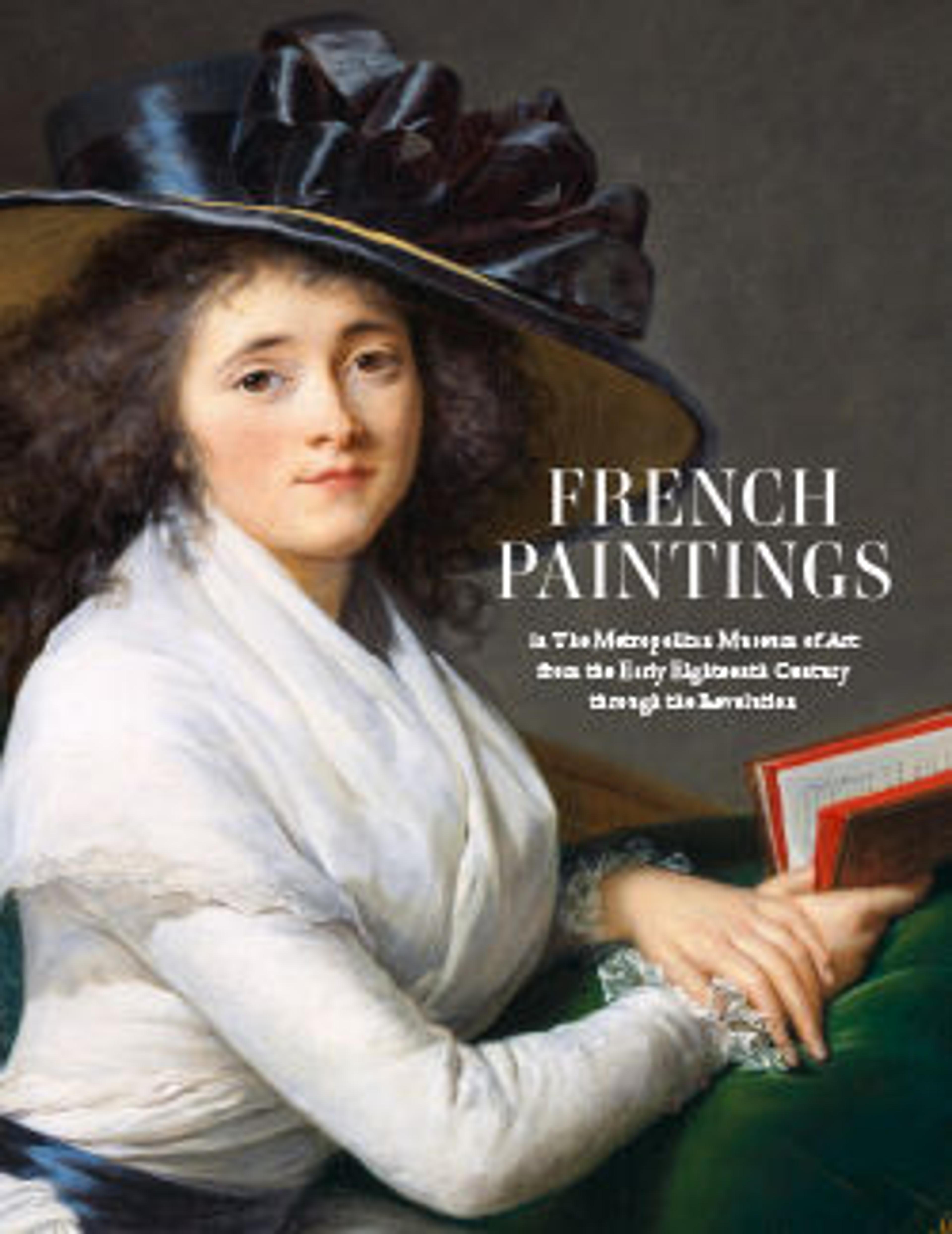The Outer Harbor of Brest
Between 1753 and 1765 Joseph Vernet completed and exhibited monumental, detailed views of many of France’s ports as a commission from Louis XV. However, this successful project was abandoned before painting Brest. The secretary of state briefly revived the project by engaging the painter Louis Nicolas van Blarenberghe. Van Blarenberghe worked from gouaches documenting the harbor and naval facilities in the first months of 1773 with the aid of his son Henri who most likely executed this canvas. He records a ship called the Oiseau, which is in the process of being readied for sail by convicts dressed in red uniform sailing for La Réunion and Bourbon, French colonies in the Indian Ocean where enslaved labor fed the finances of the metropole.
Artwork Details
- Title:The Outer Harbor of Brest
- Artist:Henri Joseph van Blarenberghe (French, Lille 1750–1826 Lille)
- Date:1773
- Medium:Oil on canvas
- Dimensions:29 1/4 x 42 1/8 in. (74.3 x 107 cm)
- Classification:Paintings
- Credit Line:Gift of Mrs. Vincent Astor, 1978
- Object Number:1978.493
- Curatorial Department: European Paintings
More Artwork
Research Resources
The Met provides unparalleled resources for research and welcomes an international community of students and scholars. The Met's Open Access API is where creators and researchers can connect to the The Met collection. Open Access data and public domain images are available for unrestricted commercial and noncommercial use without permission or fee.
To request images under copyright and other restrictions, please use this Image Request form.
Feedback
We continue to research and examine historical and cultural context for objects in The Met collection. If you have comments or questions about this object record, please contact us using the form below. The Museum looks forward to receiving your comments.
